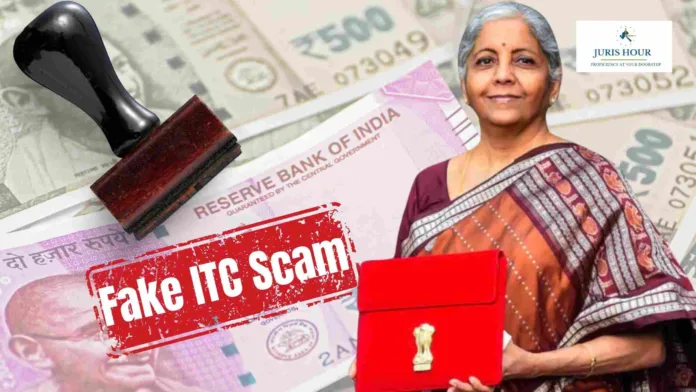The 56th GST Council will convene in the capital on September 3–4 with a sweeping “GST 2.0” rationalisation on the table—moving most goods and services to two principal slabs (5% and 18%) and ring-fencing sin/luxury items at a higher rate (~40%), which if implemented then it would reduce the fake Input Tax Credit (ITC) availment cases.
What’s on the agenda
An official notice confirms the Council’s schedule for Sept 3–4 in New Delhi, preceded by an officers’ meeting on Sept 2. While the detailed agenda is traditionally circulated closer to the meeting, government and industry briefings indicate the Council will consider:
- Collapsing the current four slabs (5%, 12%, 18%, 28%) into two for most items, with a separate higher rate for sin/luxury goods;
- Correcting inverted duty structures to align input and output rates and reduce ITC accumulation;
- Targeted rate cuts on select consumer and priority-sector items to spur demand.
Why a two-slab system could curb fake ITC
Indian authorities have repeatedly reported very large amounts of fake ITC detected in recent years — for example CBIC reported detections of Rs. 36,374 crore of fake ITC in FY 2023–24, and large multi-state drives have uncovered tens of thousands of bogus registrations and huge refund/ITC claims. Enforcement agencies (DGGI, state GST wings) continue to arrest organisers and cancel registrations as part of coordinated drives.
Authorities have detected tens of thousands of fake firms over the last two years, used to generate bogus invoices and pass on fraudulent ITC. Industry studies and enforcement data link a significant share of disputes and fraud opportunities to classification complexity and inverted duty gaps. A simpler, wider 5%/18% framework can:
- Shrink arbitrage from inverted structures (high-tax inputs vs lower-tax outputs) that entice fake credit chains;
- Cut classification disputes (e.g., 12% vs 18%) that create grey zones exploited by bill-traders;
- Streamline matching & audits, making anomalies easier to spot in analytics.
Now, ITC is not allowed if concessional rate of 5% GST is opted, so most of the items moving to 5% GST would make businesses ineligible to avail ITC and even the fake/fraudulent creation of firms with the ulterior motive to avail GST ITC would be curbed.
“If adopted with tight implementation (rate notifications, HSN clarity, portal rules, and analytics-driven risk flags), a two-slab GST plus inversion correction could meaningfully reduce the surface area for fake ITC, while easing compliance and litigation for bona fide businesses. The Council’s decisions over the next two days will determine how far—and how fast—India can push that reset,” Advocate Hardeep Singh remarked.
Read More: ICAI Imposes Rs. 10K Penalty On CA For Misguiding And Blackmailing New Auditors

